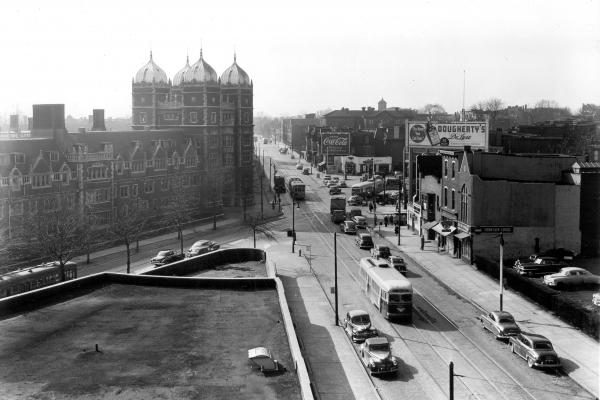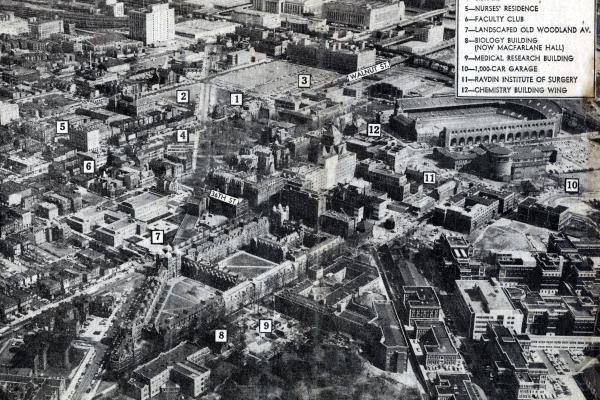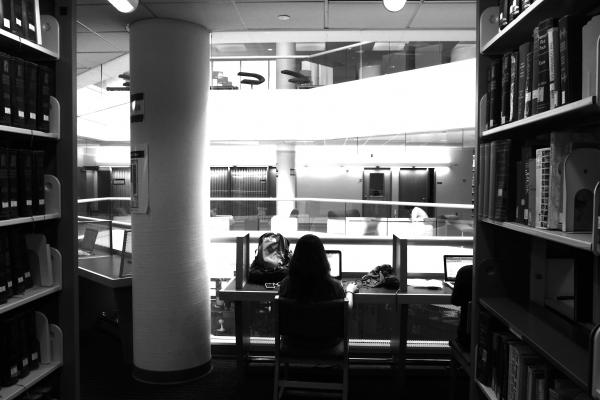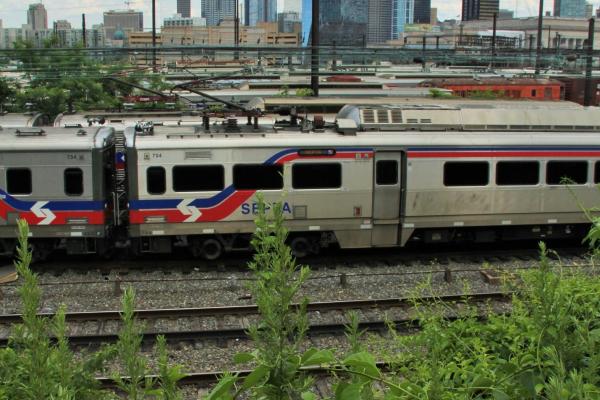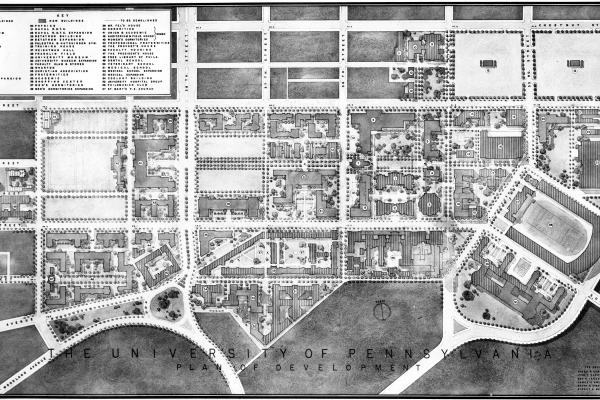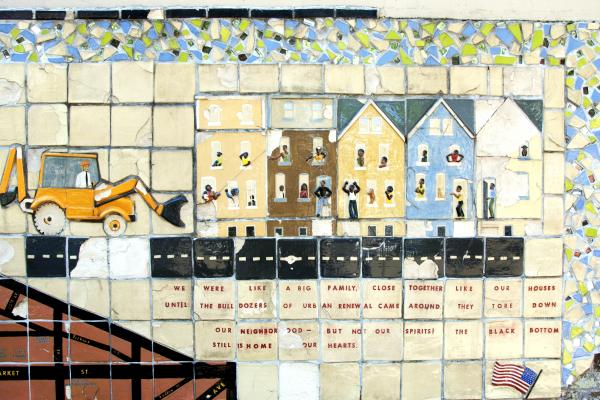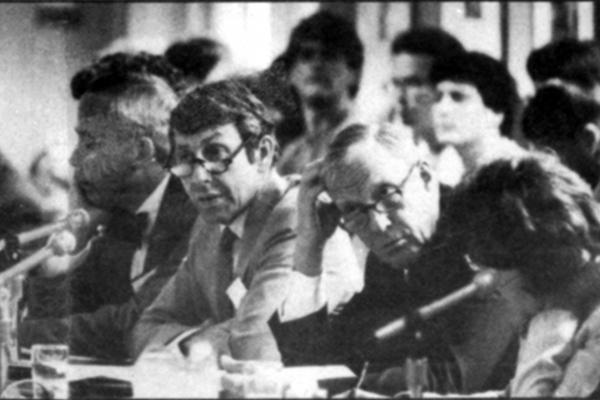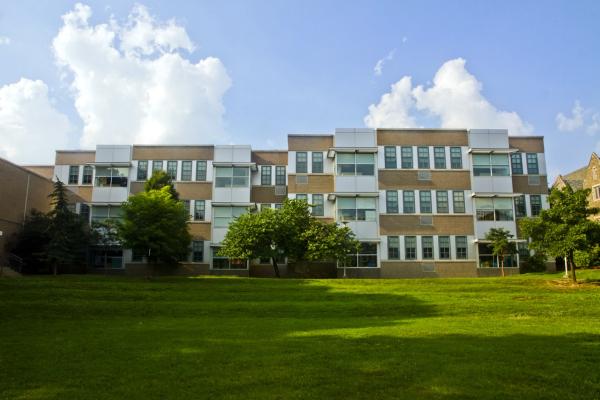Drexel and Penn in University RDA Unit 1
The Drexel Institute of Technology’s successful efforts to receive half of University Redevelopment Area Unit 1—originally designated exclusively for the University of Pennsylvania’s campus expansion—asserted the Institute’s importance as a rising educational institution in West Philadelphia.
Alarmed that the Philadelphia Redevelopment Authority (RDA) earmarked all of University Redevelopment Area's Unit 1 for the University of Pennsylvania’s campus expansion, Drexel Institute of Technology’s president James Creese filed a grievance with City Council in 1957. The RDA’s coupling of Units 1 and 2 would have given Penn urban renewal rights to the entire quadrant bounded by Walnut and Chestnut from 32nd to 34th Streets. Under pressure from City Council, Penn reached an agreement with Drexel that divided Unit 1 between the two institutions, giving Drexel redevelopment (i.e., campus-expansion) rights to Unit 1B, and positioning the Institute cheek-by-jowl with Penn.
Since its founding in 1891, Drexel stood symbolically (and almost literally) in Penn’s shadow—a proverbial poor relation located just a few blocks from America’s first university. The city’s plan for Units 1 and 2 in West Philadelphia’s University Redevelopment Area underscored the vast status difference between the two institutions.
In 1957, Penn acquired the rights to both units, which included the blocks bounded by Walnut and Chestnut from 32nd to 34th Streets—on the strength of Penn’s proposal to redevelop derelict properties for women’s residence halls, student activities, and off-street parking. Chagrined at the prospect of losing significant ground to Penn in Unit 1, Drexel cried foul. “Across 33rd Street in Unit 1, James Creese, president of the Drexel Institute since 1945, demanded a piece of the redevelopment pie for Drexel on the Chestnut Street side,” note John Puckett and Mark Lloyd. “The problem had started with City Ordinance 1102, which awarded Unit 1 to Penn. In May 1957, the ordinance stalled in the City Council after Creese wrote Council president James H. J. Tate [a future mayor] urging him to postpone the final vote on the bill until Drexel could work out an agreement with Penn in Unit 1.”
Apparently pressured by Tate, Penn negotiated with Drexel, and the two parties finally agreed to split the unit. Accordingly, Penn received the Walnut Street side of the block (Unit 1A), where it built the Laboratory for Research on the Structure of Matter in 1962 and a ‘high architecture’ parking garage in 1964. On the Chestnut Street side (Unit 1B), Drexel built the James Creese Student Center. Drexel added to construction in Unit 1B with the Mandell Theater in 1969 and McAlister Hall (humanities and social sciences) in 1973. This division of Unit 1 made Drexel and Penn literally next-door neighbors, the two campuses separated only by an alleyway between 32nd and 33rd streets.[1]
